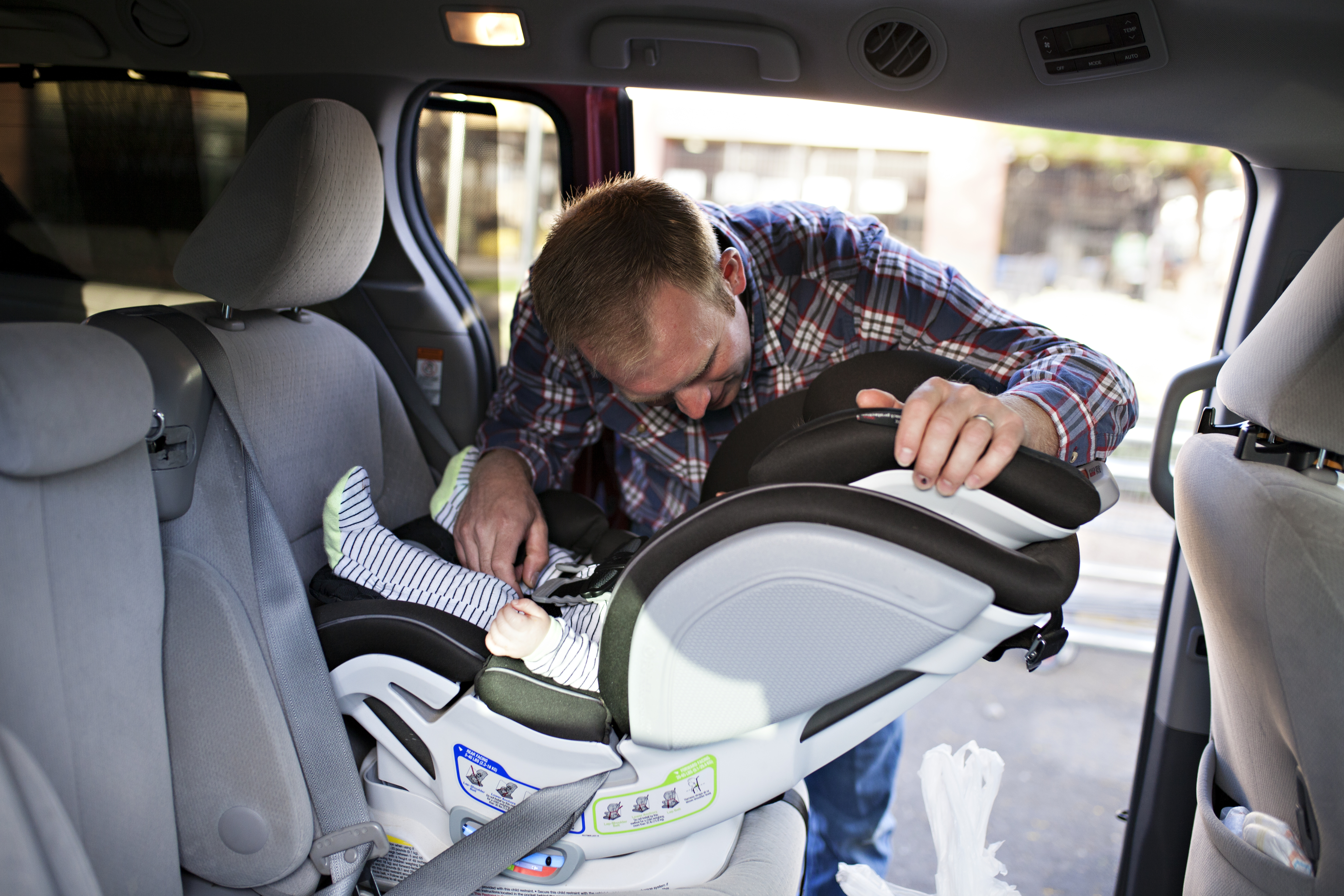

Child care is not only crucial for the development of young children, but also essential for the millions of working parents with young children. Parents rely on child care to help them enter, re-enter or remain in the workforce, but access to affordable, quality child care is often a significant barrier for many. Due to the ongoing COVID-19 pandemic, families are experiencing additional challenges in finding, maintaining and affording child care that meets their needs.
Even prior to COVID-19, parents dedicated significant energy and resources balancing their roles at home, in the community and in the workplace – a theme which has only been exacerbated by the physical, mental and emotional toll of the pandemic. Parents consider several factors in determining the level and type of child care solutions that best meet their needs. These factors make up what we have referred to as the “Child Care Equation.” Families now face immense pressure to re-evaluate how to meet their child care needs. Faced with this burden, families are having to make tough decisions regarding their employment situation. Many working parents are deciding whether or not to leave the workforce, work fewer hours, or switch employers to accommodate scheduling needs.
Cost to Employers
To understand the impact that child care has on businesses’ ability to return to work, the Chamber Foundation conducted two surveys in June/July and October of 2020 of employers from across the country of every size and industry. While adequate child care access has a significant impact on the income of working parents, it also directly impacts the organizations and businesses that employ them. Parent survey data collected in October indicated that 13% of parents are unsure or unlikely to return to the workforce they participated in pre-COVID, with 5% of all parents citing child care as the reason for not returning to the workforce. While this number is down from 22% in June – due to a high number of businesses reopening and returning to work between June and October, it still presents a significant portion of the working parent population and has severe implications for employers.
As a result, many employers anticipated the potential loss of employees and now are seeing that loss firsthand—approximately 32% of employers said they had already seen employees leave since the pandemic, and half of those cited child care as the reason. COVID-19 has changed the business and talent landscape, and employers must re-think child care assistance, benefits and accommodations in these unique times. Thus, employers have an opportunity to demonstrate that child care supports, through a combination of public and private investments, are good for our businesses, our communities, and our families.
Understanding Employer Responses
The Chamber Foundation’s employer surveys sought to identify trends across geography, industry and organizational size. A few of the surveys’ top-line findings include:
- June/July 2020 Survey Takeaways
- 79% of employers have shifted a significant part of the workforce to remote work
- 40% of employers have offered additional child care accommodations, assistance or benefits due to COVID-19
- 40% of employers are concerned that some of their employees will not fully return to work
- 1/4 of employers are concerned that some employees will leave the workforce entirely
- October 2020 Survey Takeaways
- 89% of employers feel they are aware of the child care needs of their employees
- 71% of employers feel that they provide adequate support for employees with young children
- 20% of employers are currently willing to increase their investment in child care needs. However, 49% of employers would be likely to provide additional child care assistance if the government offered supplementary incentives
Furthermore, the Chamber Foundation captured stories of how employers have pivoted quickly in this new landscape. You can watch them below:
These surveys and stories aim to demonstrate ways that employers have and will continue to support their working parents. As COVID-19 continues for the foreseeable future, we understand that the child care challenges will only increase and continue to impact all of us. We hope to work towards cross-sector solutions that involve families, business leaders, child care providers and policymakers.
**Note: This post is the first in a series of posts about the business community’s investments in early childhood education before, during and post-COVID-19 pandemic.
 Julia Barfield, MPH, MSW, is the senior manager of policy and programs at the U.S. Chamber of Commerce Foundation’s Center for Education and Workforce. Barfield leads the Chamber Foundation’s early childhood education portfolio, which includes educating and engaging the businesses community to invest in young children and their families. Barfield received her B.A. from Westmont College in Anthropology and Hispanic Studies and has dual master’s in Social Work and Public Health from the University of North Carolina at Chapel Hill. She lives in Washington, D.C.
Julia Barfield, MPH, MSW, is the senior manager of policy and programs at the U.S. Chamber of Commerce Foundation’s Center for Education and Workforce. Barfield leads the Chamber Foundation’s early childhood education portfolio, which includes educating and engaging the businesses community to invest in young children and their families. Barfield received her B.A. from Westmont College in Anthropology and Hispanic Studies and has dual master’s in Social Work and Public Health from the University of North Carolina at Chapel Hill. She lives in Washington, D.C.
![ECCTAC-Logo[1]-1](https://cdn2.hubspot.net/hub/3957809/hubfs/Rich%20Text%20Pasting/unknown-1595431381223.png?width=299&name=unknown-1595431381223.png)


